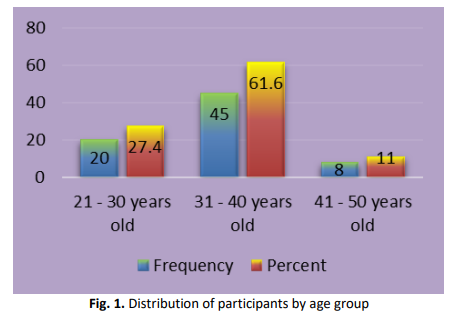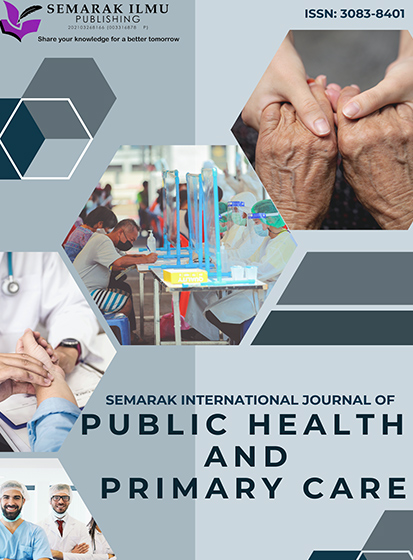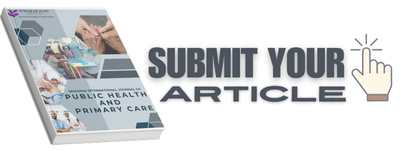Evaluating Nurses' Knowledge, Attitudes, and Practices (KAP) in Modern Wound Care Techniques and Their Impact on Patient Healing Outcomes in Government Hospitals
DOI:
https://doi.org/10.37934/sijphpc.2.1.2844bKeywords:
Knowledge, attitude, practice, modern wound dressingAbstract
Wound healing is a complex biological process requiring precise management to facilitate tissue regeneration and minimize complications such as infection. The advent of modern wound dressings, designed to create an optimal healing environment, has transformed wound care practices. Despite these advancements, discrepancies in nurses’ knowledge, attitudes, and practices (KAP) toward modern wound care techniques in government hospitals present a significant challenge. This study evaluates the KAP of nurses toward modern wound dressing, investigates barriers to its implementation, and explores the influence of demographic factors on KAP levels. A quantitative, descriptive study was conducted in Hospital Tanjong Karang, Selangor, with 73 nurses from medical and multidisciplinary wards. Data were collected using a structured questionnaire comprising sections on demographics, knowledge, attitudes, and practices. A pilot study confirmed the reliability of the instrument (Cronbach's α = 0.85). Descriptive statistics, item-wise analyses, and one-way ANOVA were employed to analyze the data. The results revealed a generally high level of knowledge (mean score: 27.23/32), though gaps existed in specialized areas such as foam and hydrogel dressings. Attitudes were predominantly positive, with a mean agreement rate of 73.7%. Practices exhibited strong adherence, with an implementation rate of 98.1%. Significant positive correlations were found between knowledge and practice (r = 0.353, p < 0.01), indicating that higher knowledge levels enhance clinical application. However, knowledge and attitudes showed no significant association, highlighting the influence of additional factors like workplace culture and experience. Demographic factors, including unit and experience, displayed no statistically significant impact on KAP, though trends suggested variability in knowledge levels across units. In conclusion, while nurses demonstrate high competency in modern wound care, targeted training is necessary to address specific knowledge gaps and enhance uniformity in practice. Institutional support, continuous education, and addressing attitudinal barriers are essential for optimizing wound management and improving patient outcomes. This study underscores the critical role of tailored interventions in bridging the gap between knowledge and practice in nursing.









